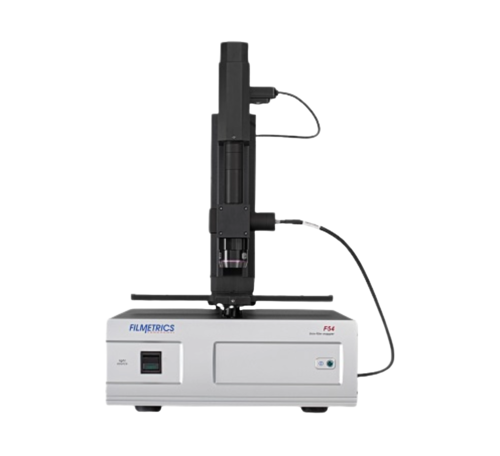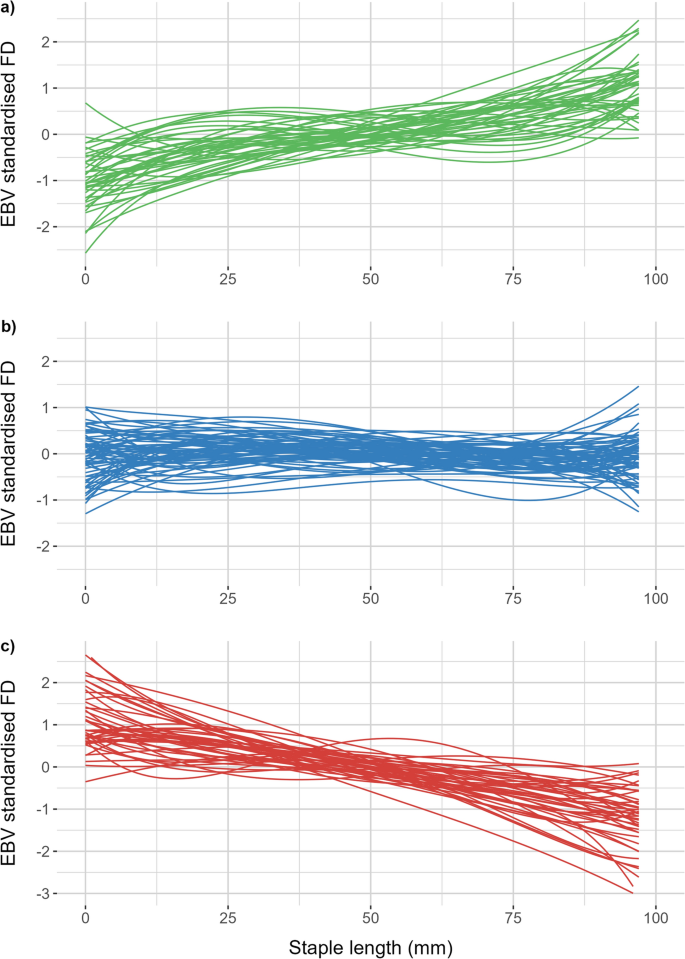Improve Fiber Quality with an High-Quality Optical Fibre Diameter Analyser
Maximize Your Fibre Optic Efficiency: Recognizing Optical Fiber Size Analyser Innovation
The performance of fiber optic systems is critically affected by the accuracy of their diameter, a variable frequently neglected in the pursuit of ideal signal integrity. Understanding the modern technology behind optical fibre diameter analysers discloses the elaborate equilibrium in between measurement accuracy and manufacturing high quality. These devices not just improve conformity with industry requirements however additionally offer real-time understandings that can preemptively address prospective issues. The effects of their use extend beyond plain dimension; they can essentially modify the landscape of fiber optic performance. What elements should one think about to harness their complete possibility?
Significance of Optical Fiber Size
The diameter of optical fibre plays a crucial duty in identifying the efficiency and efficiency of communication systems. It influences numerous key parameters, including the setting of light propagation, attenuation, and bandwidth capacity. Larger diameters usually enable numerous light modes, helping with higher data transmission rates. Conversely, smaller sized sizes have a tendency to support less modes, which can improve signal clearness and reduce crosstalk.

Furthermore, comprehending the diameter's effects can lead to cost financial savings by reducing the requirement for signal amplification and repeaters in comprehensive networks (optical fibre diameter analyser). To conclude, the relevance of optical fibre diameter can not be overstated, as it straight affects the total efficiency and reliability of modern interaction systems

Exactly How Diameter Affects Signal Quality
Signal high quality in optical fibre systems pivots considerably on the size of the fibre. The diameter affects several crucial parameters, including attenuation, data transfer, and modal diffusion. A smaller sized diameter can lead to greater attenuation rates, leading to signal loss as light travels via the fibre. This attenuation can compromise the stability of the transmitted data, resulting in a decrease in signal high quality, specifically over fars away.
On the other hand, bigger diameters normally permit enhanced light capture and minimized modal dispersion, boosting signal quality. In multimode fibres, a bigger core diameter can support numerous light settings, but it might additionally introduce intermodal diffusion, which can weaken signal high quality. For that reason, choosing the ideal fiber size is vital for attaining the desired performance in details applications.
In addition, the communication in between the fibre diameter and the wavelength of the light made use of plays a critical duty in determining the efficient transmission range and total signal stability. Comprehending how fibre size influences signal quality is essential for network designers and engineers striving to maximize optical fiber systems for reliable, high-speed information transmission.
Introduction of Diameter Analyser Innovation
In numerous optical fibre manufacturing processes, accurate dimension of fiber diameter is necessary for guaranteeing regular performance and quality (optical fibre diameter analyser). Size analysers are advanced instruments designed to assess the physical measurements of optical fibres with high accuracy. They employ advanced optical and laser technologies to determine the size, ovality, and concentricity of the fiber, hence providing crucial information for quality assurance
These analysers can operate in-line throughout the production procedure or as component of off-line screening methods. In-line systems enable real-time tracking, enabling suppliers to change specifications quickly, consequently maintaining optimum manufacturing conditions. Off-line analysers, on the various other hand, supply detailed assessments of batches, making certain that any kind of discrepancies from specified tolerances are recognized and dealt with.
Diameter analysers dramatically add to the decrease of issues in optical fibers, boosting general product dependability. By consistently measuring vital parameters, these innovations facilitate conformity with market criteria and specifications. As the demand for high-performance optical fibers proceeds to climb, the duty of size analysers ends up being significantly vital in attaining the wanted quality and efficiency standards in fibre optic systems.
Key Features of Fibre Size Analysers
Although different models of fibre size analysers exist, they frequently share a number of crucial attributes that enhance their capability and dependability. One of one of the most substantial features is high-resolution measurement abilities, which make certain specific diameter readings, critical for preserving high quality control in fibre production. Additionally, numerous analysers incorporate advanced optical sensing units created to spot minute variants in fiber diameter, hence giving invaluable information for process optimization.
One more vital feature is real-time monitoring, permitting drivers to receive instant comments on fiber diameter throughout the production procedure (optical fibre diameter analyser). This capability assists in rapid modifications and minimizes the likelihood of defects. Several analysers additionally come geared up with user-friendly interfaces, enabling drivers to conveniently browse with settings and Click This Link data outcomes
Furthermore, robust data storage space and analysis performances are necessary for tracking historical performance patterns and guaranteeing conformity with market requirements. Some designs even supply connectivity alternatives for integration right into existing manufacturing control systems, improving total functional efficiency. Portable and portable designs allow for versatile deployment within manufacturing settings, making certain that high quality guarantee processes are seamless and reliable. These functions collectively add to the efficiency of fibre diameter analysers in optimizing fiber optic performance.
Finest Practices for Fibre Optimization

First, normal calibration of optical fiber diameter analysers is crucial. Website This makes sure precise dimensions and decreases prospective discrepancies that can affect efficiency. Next off, preserving a tidy working atmosphere is important; dirt and pollutants can cause signal destruction.
Additionally, it is very important to choose fibers that satisfy specific application requirements. This involves reviewing variables such as attenuation, data transfer, and environmental problems. Correct installment techniques ought to likewise be followed, consisting of preventing sharp bends and excessive tension, which can jeopardize fiber honesty.
Moreover, employing advanced monitoring systems can promote real-time efficiency analyses, enabling punctual identification of problems. Normal screening and maintenance must be conducted to guarantee that fibers remain within ideal operational criteria.
Lastly, training personnel on the most recent fibre optimization innovations and methodologies will enhance their you could look here ability to carry out efficient approaches. By adhering to these ideal methods, companies can substantially improve the efficiency and lifespan of their optical fiber systems, making sure effective communication and data transfer.
Conclusion
In verdict, the assimilation of optical fiber size analyser modern technology is essential for taking full advantage of fibre optic efficiency. By guaranteeing precise dimensions of fibre measurements, these analysers significantly boost signal quality and decrease losses throughout data transmission. Routine calibration and maintenance of the analysers are vital to support optimal performance and conformity with market requirements. Inevitably, the application of this modern technology facilitates enhanced information transmission prices and reinforces signal stability, adding to the overall efficiency of fiber optic systems.
Signal top quality in optical fibre systems pivots substantially on the size of the fiber.In several optical fiber production procedures, accurate measurement of fibre diameter is necessary for making sure consistent performance and top quality. As the need for high-performance optical fibres continues to increase, the role of diameter analysers ends up being progressively important in accomplishing the wanted top quality and efficiency criteria in fibre optic systems.
These functions jointly add to the efficiency of fibre size analysers in maximizing fiber optic performance.
In conclusion, the integration of optical fibre size analyser technology is essential for optimizing fiber optic performance.